The Push - Anvil Training Series Article 1
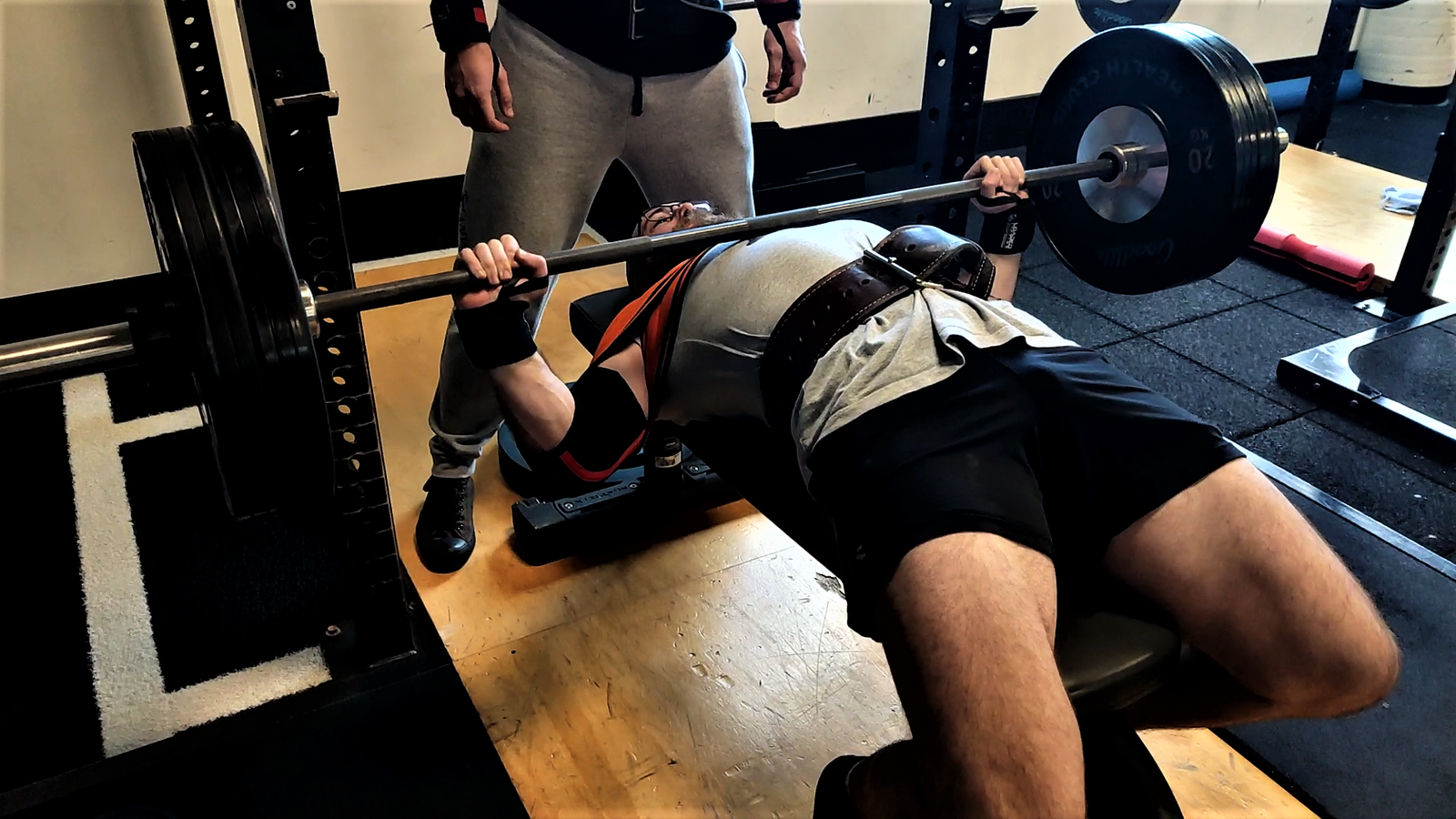
An Anvil Training Article by Marshall Officer
What is the Anvil Training Series?
The Anvil Training Series is a series of 12 articles throughout 2020 about key training concepts, written for the general reader. Physical training, in some form or another, should be a part of everyone’s life. Most of the basic concepts are very easy to understand and implement, although these days the industry has become muddied with complicated variations of basic concepts that can make choosing how to train quite intimidating. These articles are here so that you don’t need a degree and ten years’ experience to separate what matters from what doesn’t, and aim to help you navigate the muddy and ever-changing waters of the online fad fitness industry.
What is a push?
You probably know what a “push” is. It is easy to picture, in its most simple form. Imagine yourself pushing a door open, pushing your furniture back into place, or push-starting an old manual car with a shitty battery you refuse to replace (although, this example may be a little old-fashioned for anyone born anyone after the year 2000). However, something you may not have considered is that you can also push with your lower body. Standing up, kicking, or even just walking or running involves a lower-body push. In fitness terms, a push is what is known as an “extension”. The act of “pushing” your hands or feet (or both) out, away from your body, is extending them. When done in a training context, the push is one of the key concepts that can help you understand how you are applying force to something; be it a barbell, a ball, or another person. Once you understand the general concept, it becomes easier to understand how your body does what you tell it to do, what it can be used for, how to train for the best results, and what common injuries and imbalances would likely affect your ability to “push”.
Where does the push originate from?
Your body has a front and a back. Your front is everything you can see in the mirror, and within the fitness community it is known as your ‘anterior’ side. The back is known as the ‘posterior’. When your body completes a push, it is predominantly using muscles on the front, or anterior, aspect of your body. There are exceptions to this, of course - the big muscles on the front of your body are generally responsible for extension of limbs, and the push is an extension. If you are a fitness professional, or have some basic understanding of muscular anatomy, you will know that many posterior muscles assist with limb extension. Whilst this is true, for the purposes of a very general understanding of the push - the most basic muscles that are responsible for our most common “pushes” are located on the front of our bodies.
More specifically, the two main areas that are responsible for an Upper Body Push are the chest and shoulders. If you place your left hand across your body, with fingers on your upper chest and the front of your shoulder, and then push your right hand from your shoulder, straight out, away from your body, you will feel the muscles of the chest and shoulder doing most of the work. If you start pushing on angles down toward the ground, your chest will start doing more of the work. If you start angling toward the sky, and start pushing upwards, your shoulder starts to take over. There are many muscles helping your body do what your brain is telling it, most notably the triceps (on the back of your upper arm), which are responsible for extending the arm, but for the general population - most of the force you can generate completing an upper-body push will come from your chest and your shoulders.
Moving to the lower body (which is arguably more complicated than the upper body), we can generally focus on one muscle group on the front of the body that completes most of our pushes: the quadriceps. These are the big muscles on the front of your upper leg, running from your knee to your hip. I know, reading these first few sentences, that those of you with that basic muscular anatomy or fitness industry experience are ready to burn me at the stake for giving all our lower body push credit to our quads - but let’s stick to the K.I.S.S principle, and keep it real simple for now. Just like the upper body, there are other muscles in the lower body that assist with leg extension (most notably, the glutes, those big booties out there are great for powerful pushing). But, your quads are your prime movers here. For the general population, when you stand up, go for a walk, or front kick your mirror by accident re-enacting the “This Is Sparta” scene from 300 in your underwear - you can blame your quads for getting the work done.
What is the push good for?
So, now that you know which parts of your body are doing the work when you push, what are you using it for? As I discussed briefly in the previous paragraphs, the push is used in many different activities in day to day life, but can also be job- and sport-specific when required. Pushing is a part of walking, standing up from your chair, opening and closing doors, and establishing your drunken alpha-male status out the front of a club at 2am when you really should just go home to bed. In addition to this, a powerful push can be the difference between a successful tackle in rugby or soccer, or being run straight through. A powerful push plays a huge role in most martial arts, swimming, cycling, any sport that requires sprinting, Crossfit, Olympic weightlifting, and of course - powerlifting. As an athlete, whether casual or competitive - developing a strong push can prevent injuries, give you an edge on the competition, give you confidence, and even take you to the next level within your chosen discipline. A strong push should not be ignored, regardless of what you do for exercise.
How can you train the push?
If you have any familiarity at all with strength or resistance programming, or just lifting weights in a gym - you may have heard things like the “push/pull” split or “push/pull/legs”. These are common and effective ways to break up a training week and target the full body, as well as introducing another key concept to training: balance. All training should incorporate balance, because without it, injuries are inevitable. One way to address balance is with stretching. For every movement, there is a stretch to go with it, and training the push is no different.
For the upper body, there are two main movements that will provide a solid foundation for a strong push. These are the bench press, of course, and the lesser utilised shoulder press. These days, it is almost impossible to walk into any gym and see someone not doing the bench press. As far as exercises go, getting to lift a fairly significant amount of weight and lie down at the same time - it is easy to understand the appeal of the bench press. It is a far more technical lift than most give it credit for, and uses many more muscles than just the chest. To develop a strong push on most of the horizontal angles, the bench press is a must. I could (and will) write an entire article about the bench press, however, for now it is safe to say that before you start benching, familiarise yourself with some technique basics on YouTube. Benching incorrectly is the fastest way to limit or destroy shoulder mobility and create upper back imbalances, so having knowledge of upper back position, shoulder blade retraction, elbow positioning, and leg stability is essential no matter what your bench press goals.
The shoulder press, in my opinion, is an undervalued tool for building a strong push. A strong vertical press almost always carries over to a strong horizontal press, and the stability and core strength benefits from conducting a standing press should not be frowned upon. For beginners or people looking for general health or athletic performance, I would recommend shoulder pressing as much as you bench press (if not slightly more). Your shoulder mobility and strength will benefit, and although the chest may not grow as big as from bench variations - your push will become stronger and more injury-proof than if you prioritise the bench press. Obviously, if you are a bodybuilder, powerlifter, or just like telling people how much you bench despite it having far less practical carryover to most activities - you will still need to spend some serious time on your back. For balance, chest, shoulder and lat mobility stretches should be conducted regularly as a minimum in order to keep those upper body pushes strong and healthy.
Training the lower body push can be summed up with the king of all lifts: the squat. If nothing else, squatting is easily the best way to build a strong lower body push. Variations can also include stances, types of weight used, bar positioning if using a barbell, or even lower body push machines that simulate a squat, like a leg press or hack squat. For the lower body, it is important to not just focus on bilateral (both legs) movements, but also on unilateral (single leg) variations. Single leg squats or lunges are a great way to ensure both legs are built equally, and that coordination is maintained. A strong, powerful squat will carry over to walking, running, sprinting, jumping, swimming, cycling, as well as most sporting disciplines requiring a strong, stable base and bulletproof core. If you are just beginning, mastery of full depth bodyweight squats, dumbbell or kettlebell goblet squats are essential before progressing to the barbell squat (although this rarely happens in the real world). Take it from me, perfect technique with a barbell is almost impossible to achieve if you have garbage technique with no weight at all, or holding a weight at chest height - and similar strength gains can be made for beginners using these variations without all the added complications of barbell technique. For athletes, the box squat should not be ignored, as it is an excellent training tool for technique, and can be used to develop power and strength through the entire range of motion. For balance, quad, hamstring, glute and hip mobility stretches will help prevent injuries and keep you mobile outside of the weight room.
It would be remiss of me to not mention some full-body pushes, incorporating upper and lower body movements. These are generally found in Olympic lifting disciplines, or Crossfit, and generally consist of the Clean and Press, Clean and Jerk, and the Snatch. These are advanced movements, and consist of a modified deadlift start position (which is a combination of push and pull, and will be discussed in its own article later in the series), and an upper-body push like a push press, or lower body push in the snatch in the form of an overhead barbell squat. If you are not a Crossfit or Olympic Weightlifting athlete, these movements should be avoided for beginners given their complexity. If you are an advanced lifter and are looking for a challenge, a change, or trying to build full-body dynamic power - definitely check them out under the supervision of a coach with a comprehensive understanding of these movement techniques.
Common Injuries and imbalances
Injuries and imbalances can be the result of an infinite number of unique situations, so it is almost impossible to generalise and relate any one injury to any one movement pattern or training style. It should be said that all training runs the risk of injury, as progressive overload and adaptation could not take place if the specific exercise is not placing some kind of unique or increased demand upon the body. Although I can’t highlight specific injuries related to the push, I can highlight a couple of likely high-risk areas for the upper and lower body related to the push. For the upper body, the main area that seems to be most susceptible is the shoulder. As a joint with fairly unrestricted range of motion, it can be easy to compromise the shoulder by allowing a load to exert force upon it at an angle the shoulder is not reinforced to support. For the lower body, the hips and the knees can be higher risk areas - especially if your training involves high impact pushes (such as jumps, landings, sprints, or distance running) or you are training so much your tendons and ligaments can not recover as fast as your other muscles.
The best way to bulletproof your shoulders, hips and knees, as well as ensure your pushes remains strong and with a high degree of mobility is to focus on excellent technique in your chosen lifts. In addition to this, incorporating a dynamic and targeted warm-up prior to conducting resistance training, as well as remedial stretching and other associated mobility work outside of your resistance training sessions can improve joint stability.
Conclusion
Both the upper and lower body have key pushing movements that, when trained properly and often, will provide huge benefits across a range of day to day and sport-specific situations. The upper body push mainly comes from a strong chest and shoulders, with your triceps providing necessary support. The lower body push originates predominantly in strong quads, with that booty putting in work in the background. If you aren’t training it already, your push should form a staple part of your weekly training program. Don’t forget: squats, overhead press, and bench press are your primary compound movements for building a powerful push. Remember to warm up and stretch to bulletproof those high risk areas. And, in the words of the immortal Salt-N-Pepa, “push it, push it real good”.
About Us
Anvil Training and Development is a group of Australian veterans who care about the physical and mental health of veterans and emergency service workers. We’re passionate about ongoing education and working with others to implement positive change.
Instagram: Anvil Training & Development - @anvil.td
Facebook: Anvil Training & Development - @anvil.td
www.anviltd.com
(Article Edited, Proof Read, and Fact-Checked by Charlotte Officer)
VES Mental Health Resources: https://anviltd.com/pages/ves-australian-mental-health-resources
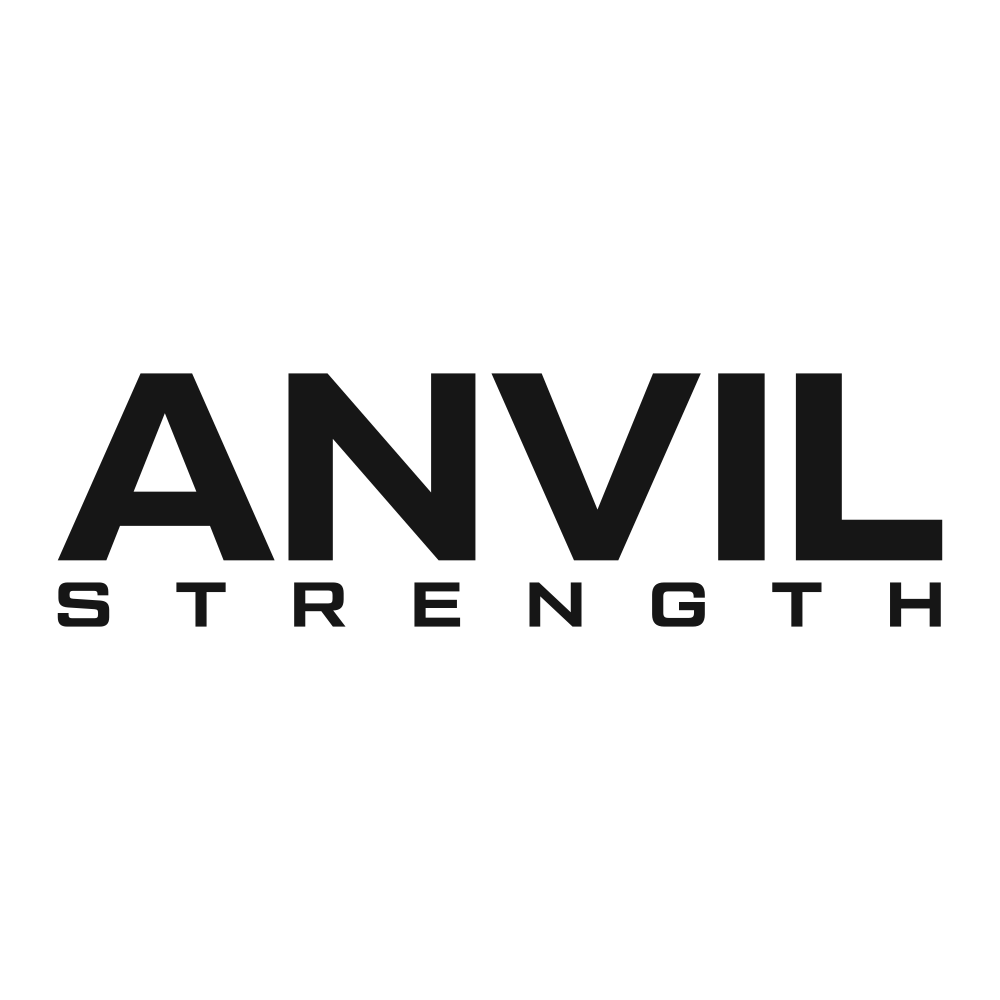
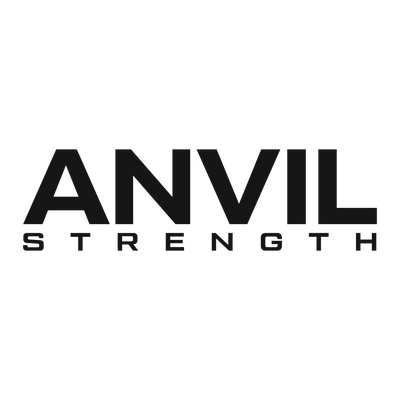
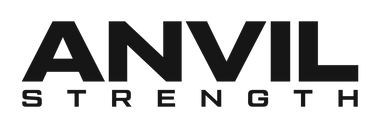
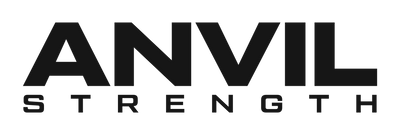
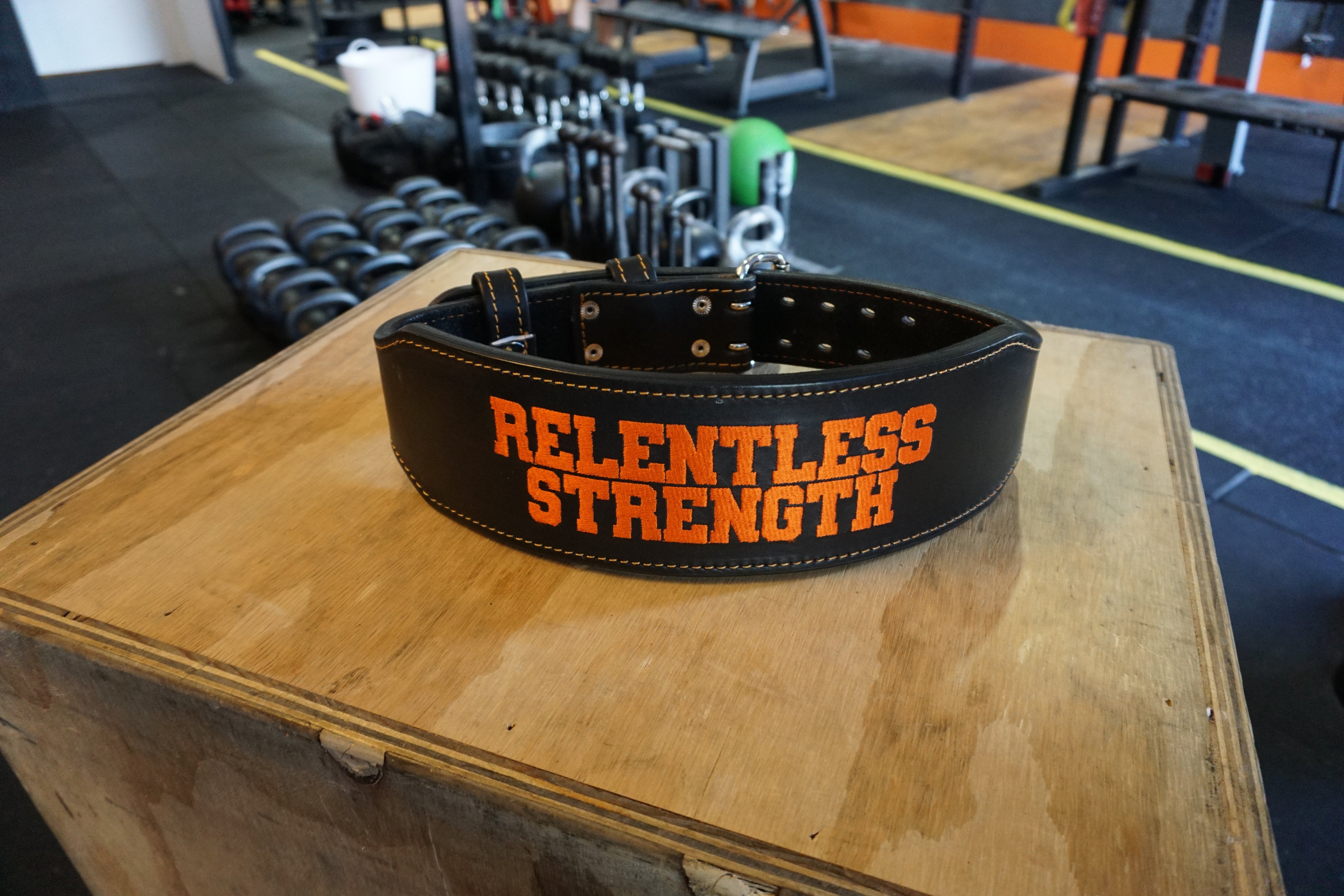
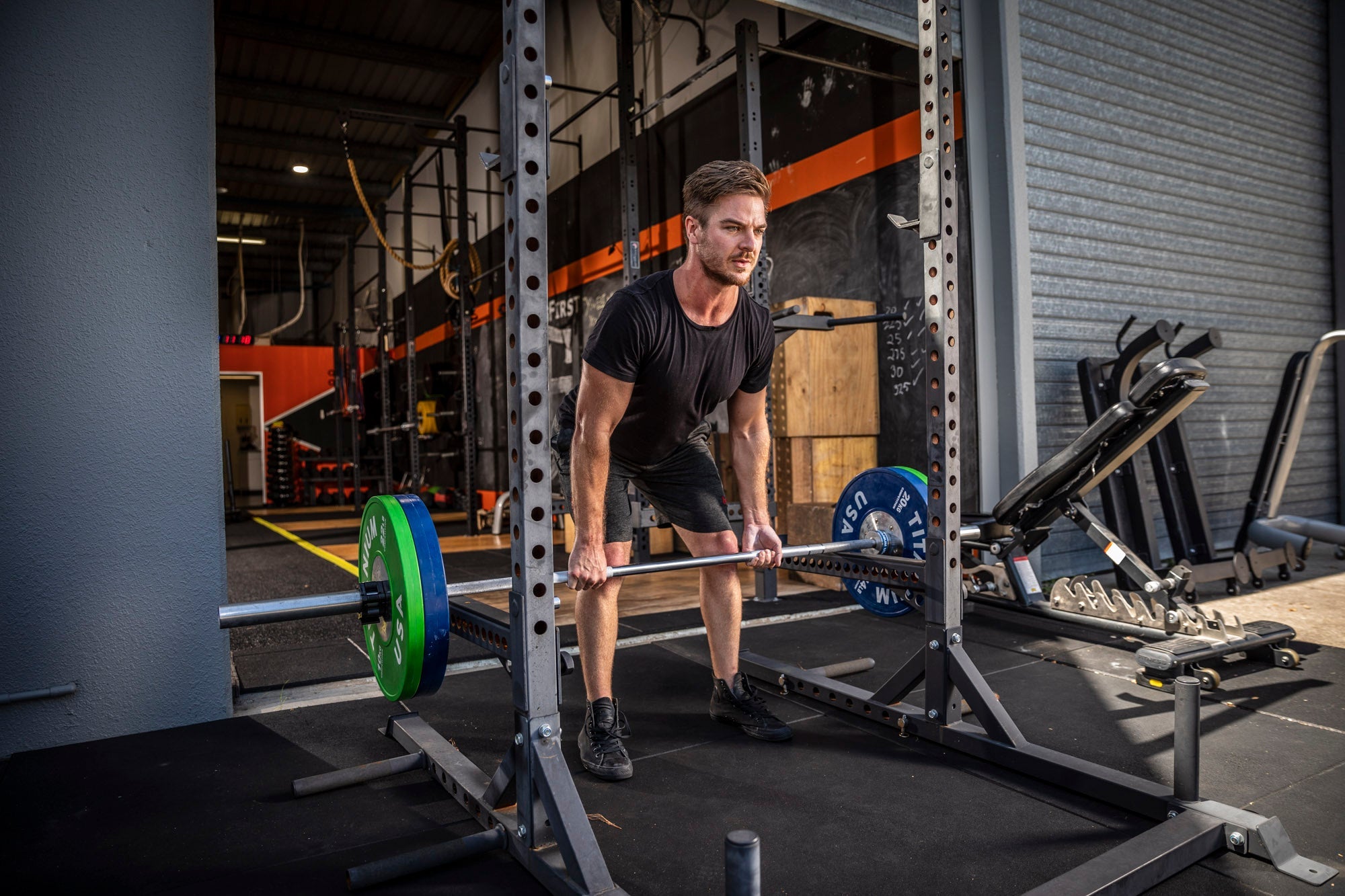
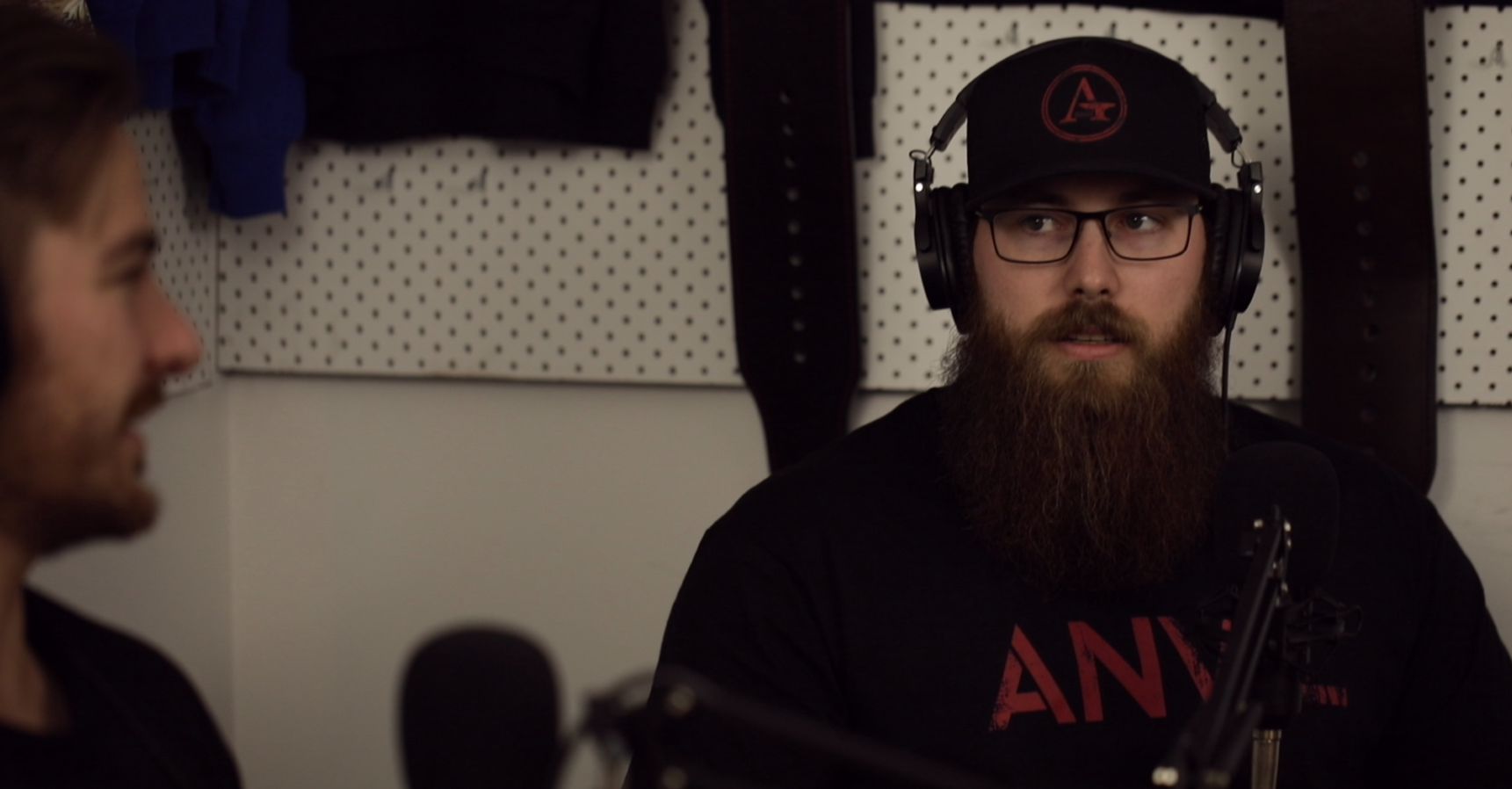
Leave a comment